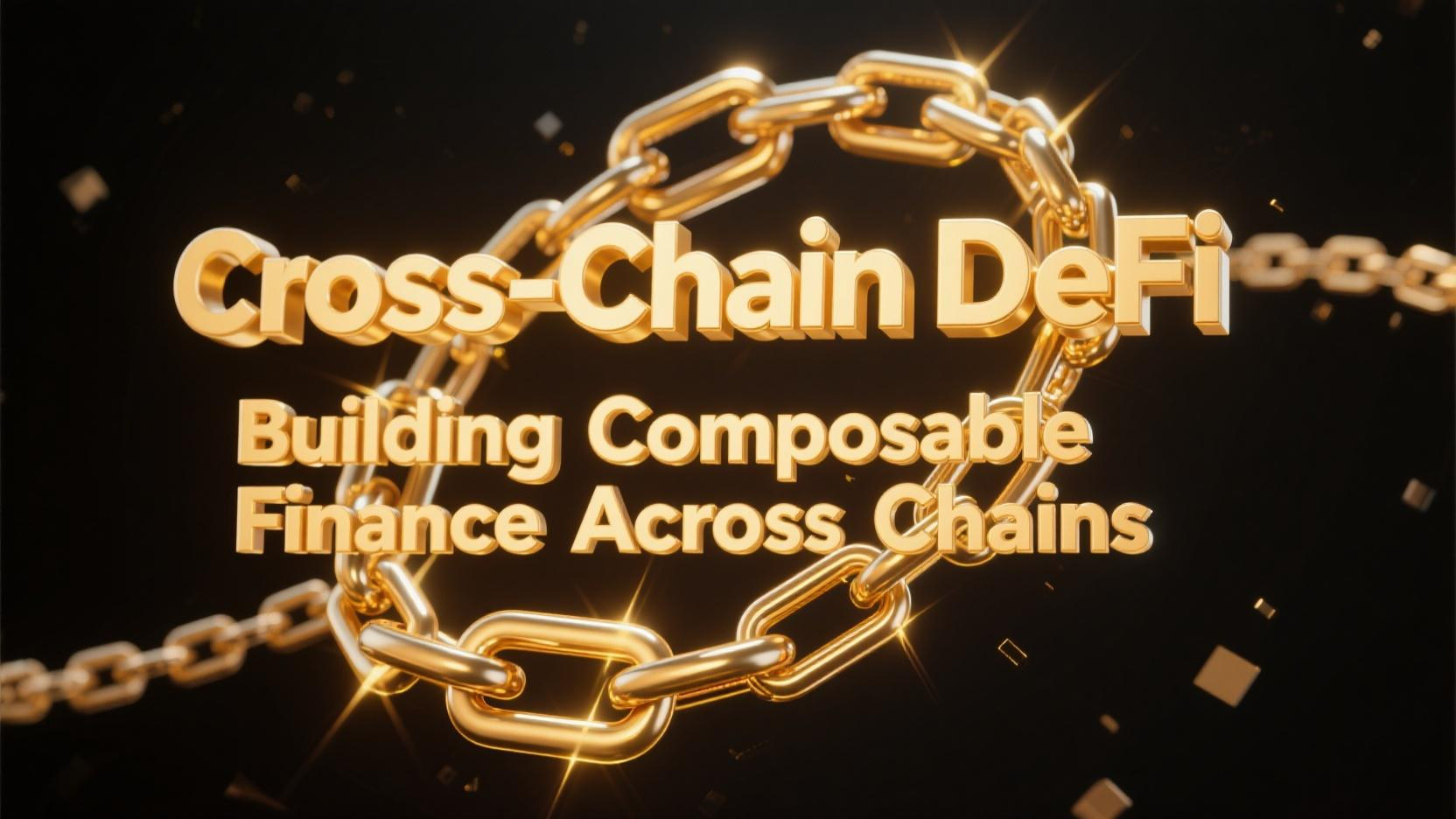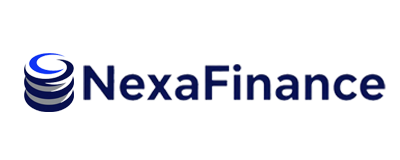The Multi-Chain Era Is Here — And DeFi Is Learning to Travel
In the early days of DeFi, Ethereum was the universe. Today, the landscape has exploded into a constellation of blockchains — from Solana to Arbitrum, Avalanche to BNB Chain — each with its own DeFi protocols, assets, and liquidity. But in 2025, the next frontier is clear: interoperability.

Welcome to Cross-Chain DeFi, where composability transcends chains.
The Problem: Fragmented Liquidity and Isolated Ecosystems
Users face painful friction:
Bridging tokens requires multiple tools and fees.
Protocols don’t talk to each other.
Yield opportunities are scattered and siloed.
Meanwhile, developers struggle to port code, sync oracles, and manage security risks across chains.
The Rise of Cross-Chain Infrastructure
Enter the new generation of tools making DeFi truly chain-agnostic:
LayerZero, Axelar, and Wormhole allow messaging and asset transfer across chains.
Protocols like THORChain, Squid Router, and Socket are enabling native asset swaps without wrapped tokens.
Some DeFi dApps, like Radiant Capital and Stargate, now offer unified liquidity across Ethereum L2s, Cosmos, and even Bitcoin L2s.
These tools are not just bridges — they’re pipelines of programmable liquidity.
Composable Finance in Action
Imagine this:
A user deposits USDC on Arbitrum.
A lending protocol uses it to fund a loan on Solana.
Interest is paid back on Base and streamed to the user via Superfluid.
This isn’t sci-fi — pilots of such flows are already live on testnets and select chains.
“Cross-chain isn’t about moving assets anymore,” says Leila Xu, integration lead at a modular DeFi platform. “It’s about moving logic, liquidity, and intent.”
Risks and the Road Ahead
Bridge hacks remain one of the largest attack vectors in crypto.
Consensus delays between chains can impact transaction finality.

Cross-domain governance is still immature — who resolves disputes across ecosystems?
Yet, new developments like shared security models, zk-proofs for bridging, and intent-based routing are bringing promising solutions.
Key Takeaway
The future of DeFi is not on a chain — it’s across all chains. Cross-chain DeFi enables a modular, composable, and globally accessible financial fabric, where users don’t need to care where their assets live — just what they want them to do.
